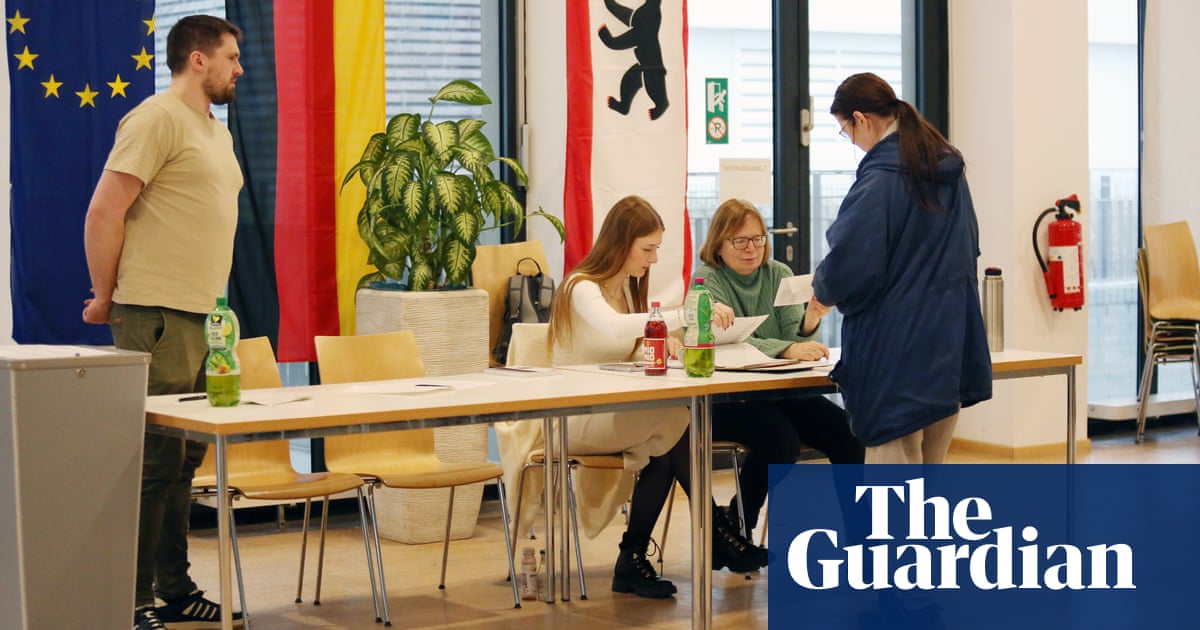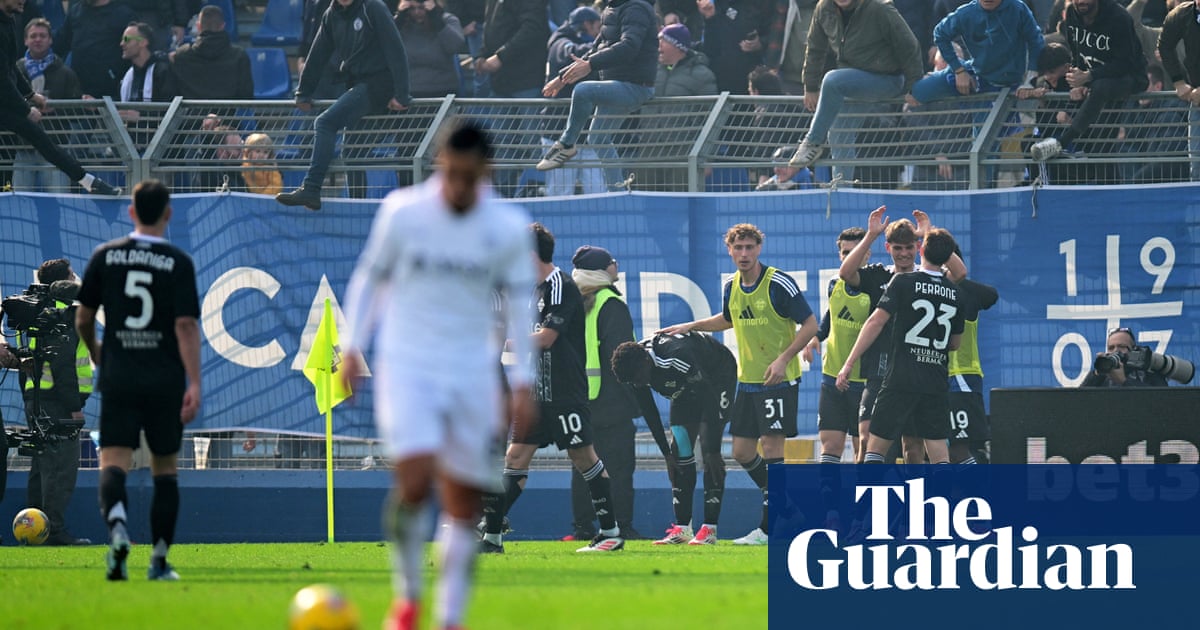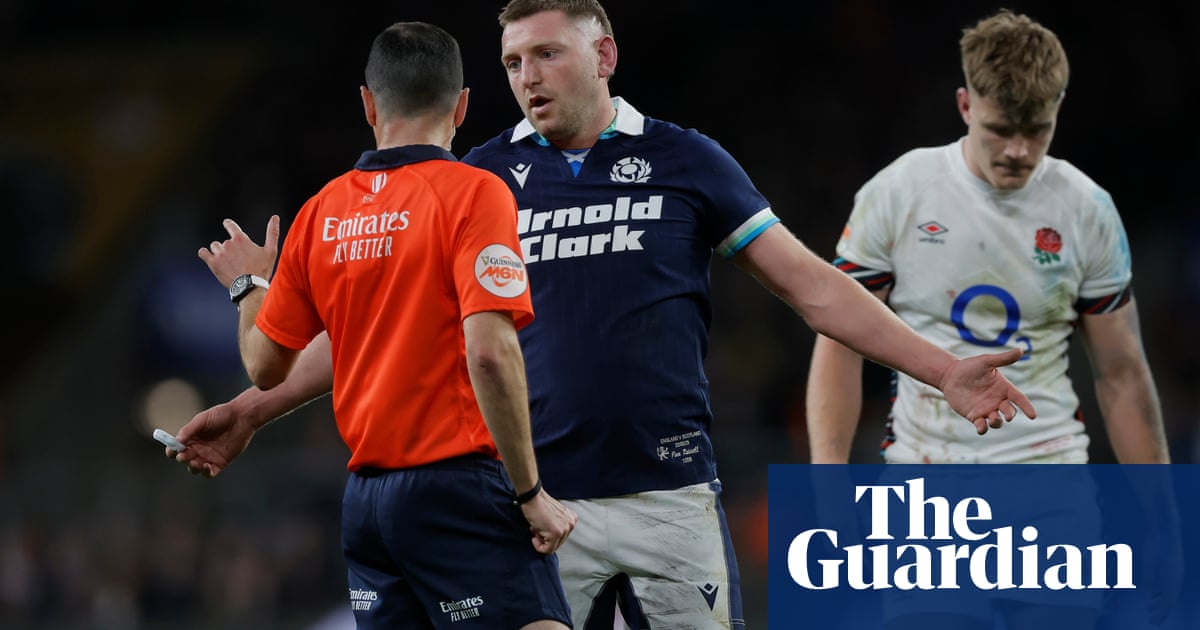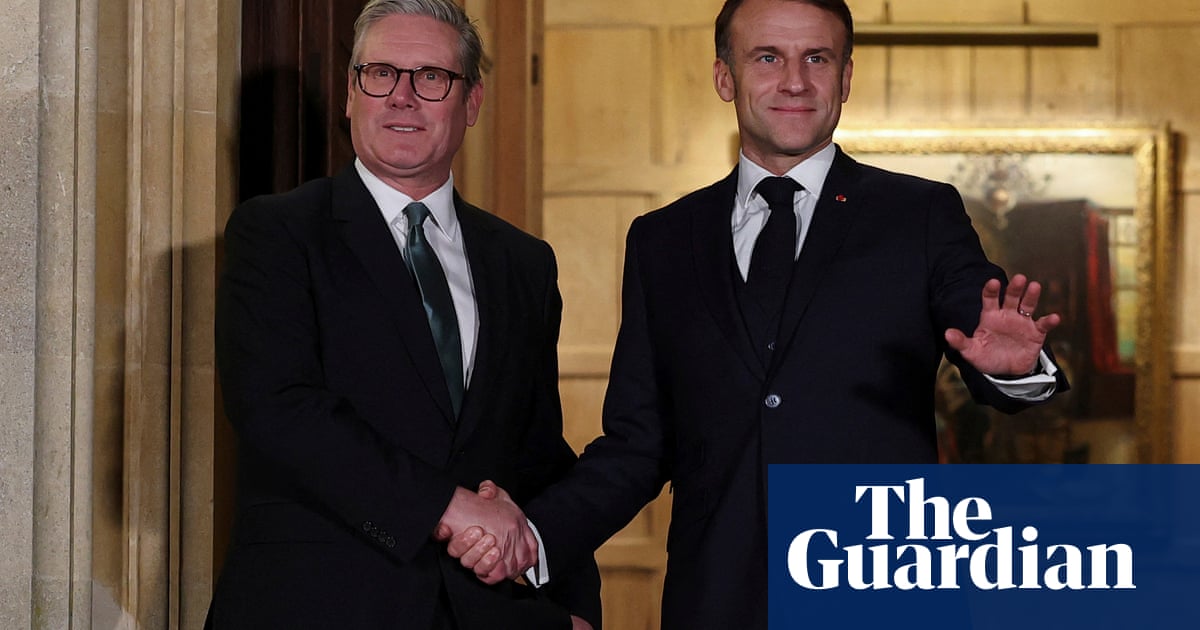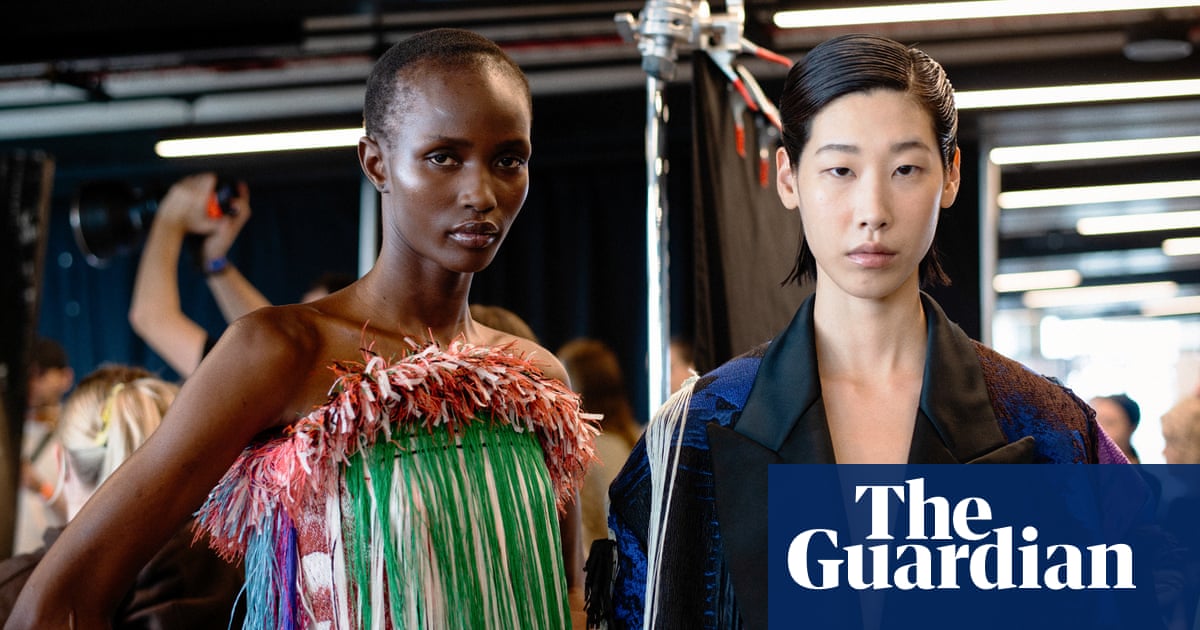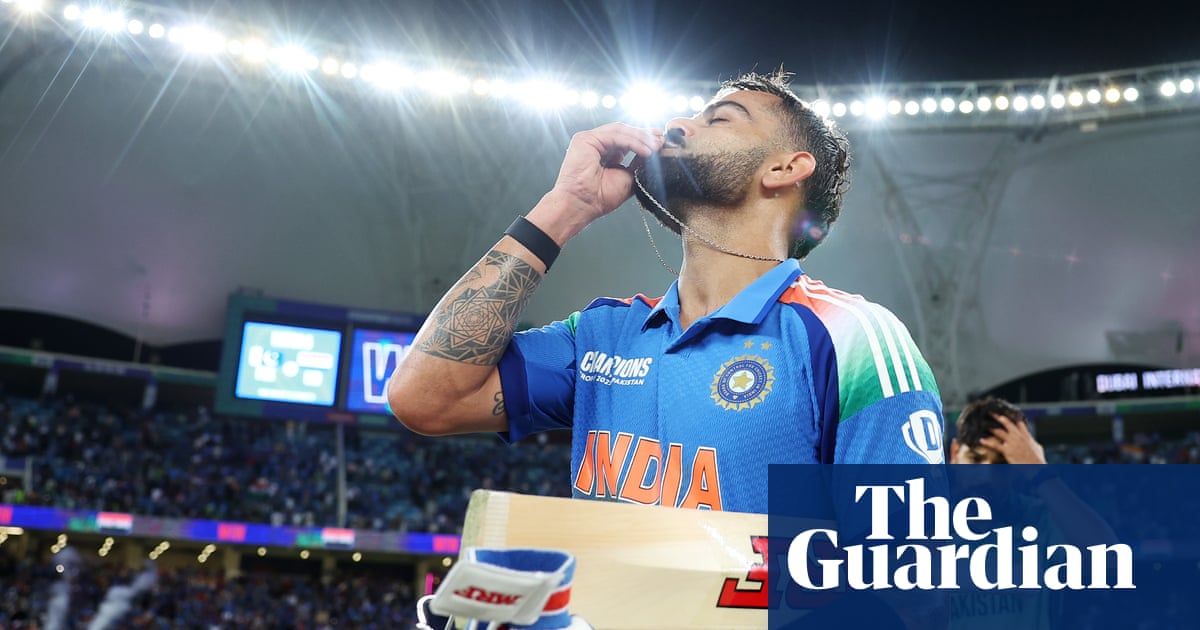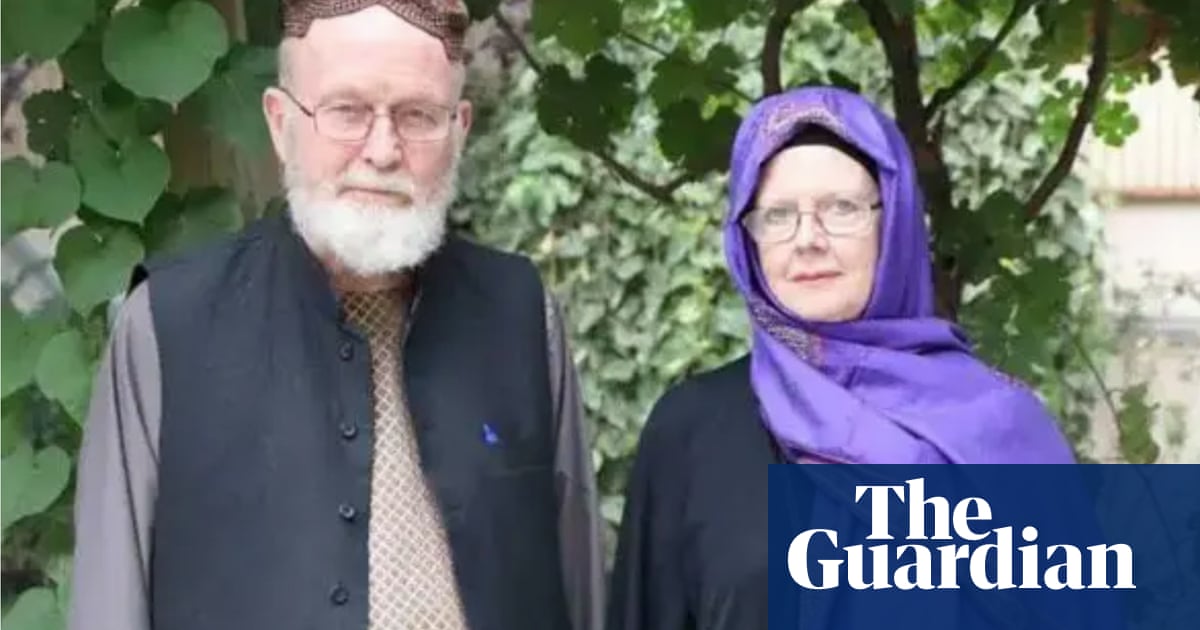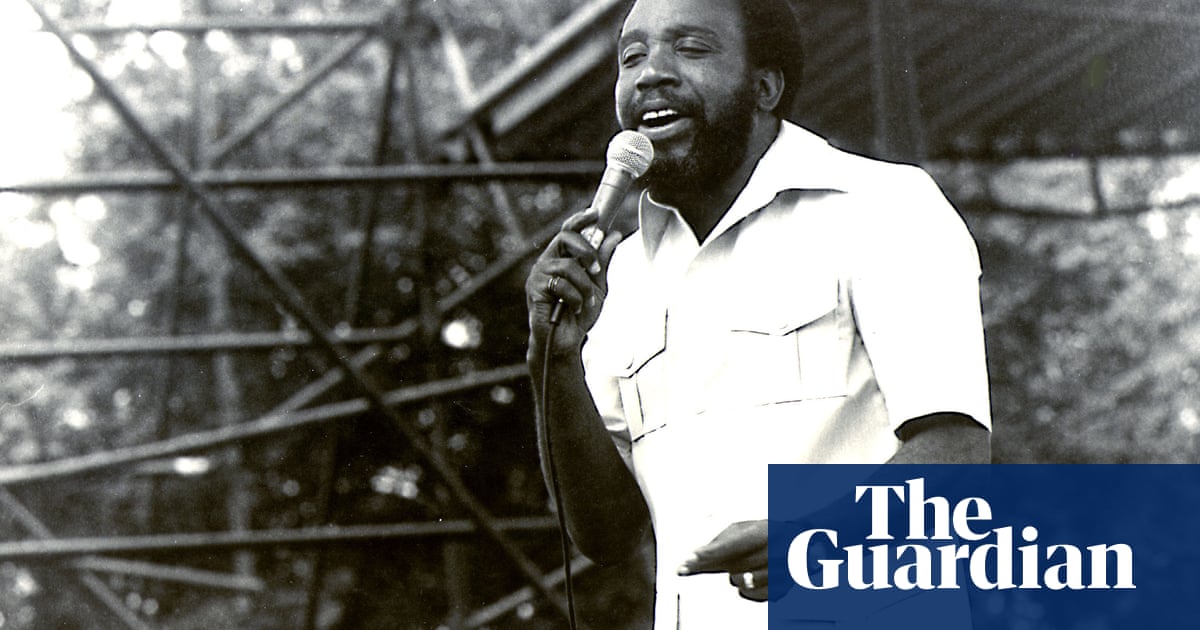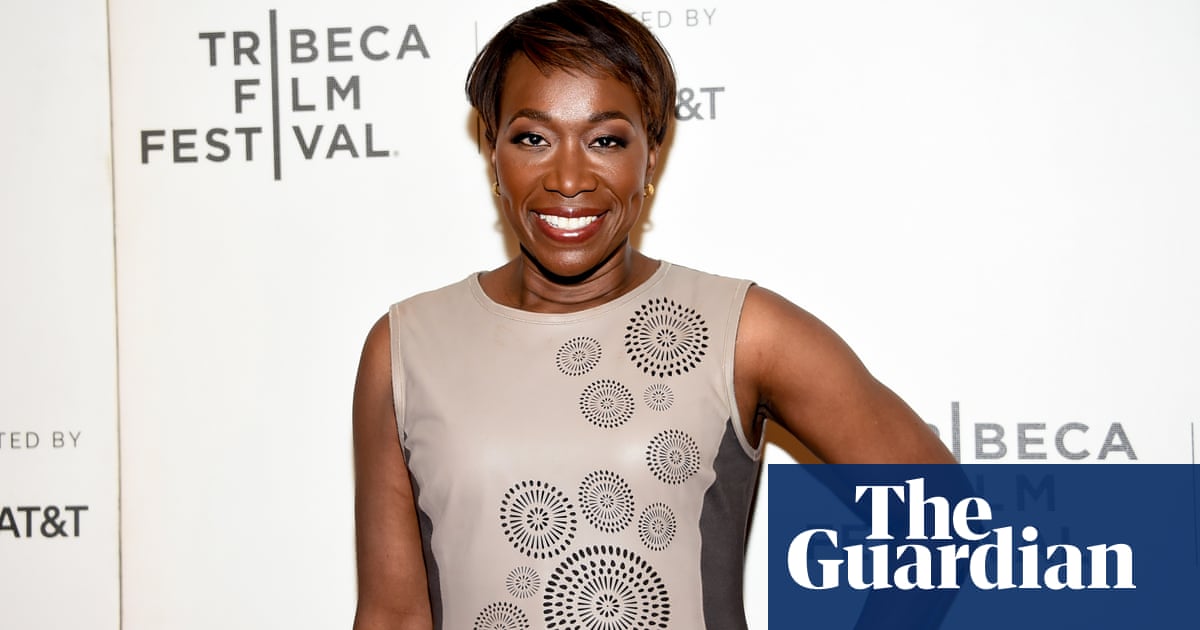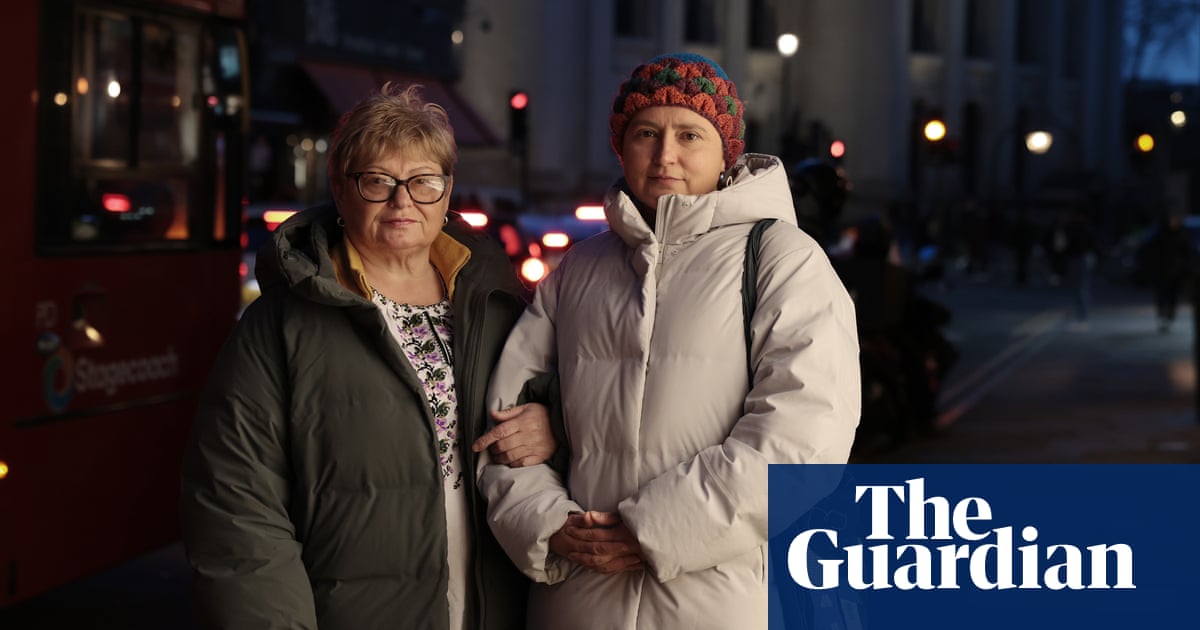The White Pube, the collaborative identity of critics Gabrielle de la Puente and Zarina Muhammad, have always pushed hard at the idea of art criticism. The name is a sardonic twist on both the “white cube” method of presenting art and the eponymous blue-chip gallery. The pair set up a website in 2015 and have become remarkable essayists and critics, refusing to conform to the expectations of the art world establishment. Each time they write, they seem to be asking themselves and the reader: what is criticism?
Poor Artists is their first book, and although they tell us directly in the introduction that we “are reading a piece of art criticism”, they also ask us to “let go of any expectations of rationality”. Most art criticism doesn’t feature a fictional main character, various monsters and ghosts, or a novelistic narrative arc. At the centre of the book is Quest Talukdar, an aspiring artist who is learning about the way the art world chews up and spits out its artists. Muhammad and De la Puente build the book around Quest’s quest (ahem) to make it as an artist. They interviewed 22 anonymous artists and art world people for the book, and they use this material as the basis for a series of strange Ali Smith-esque vignettes that feature talking babies, zombies, a professor made out of discarded art, beheaded critics, and the ghost of Gustave Courbet, among other oddities. Short chapters on real pieces of contemporary art, often performances that critique the art world itself, are also interspersed, along with references to real artists, galleries and people.
Quest is a sort of fictional amalgam; she blends De la Puente’s Liverpudlian identity, Muhammad’s love of old paintings, and their shared experience at Central Saint Martins, where they met as art students and became jaded by the commodification of the London art world. But she is also an inherently empty character, because she is a vessel for the competing, contradictory voices of the people she meets, who in turn are mouthpieces for the White Pube’s own views and the various people they interviewed. The contrived, expositional nature of the book’s structure is extremely didactic, at times to a painful degree. But as it gathered pace, I could feel the strength and hopefulness of the authors’ narrative. It feels written for readers who have not previously had the space or guidance to think about the way art is valued and policed. It is not, unlike a lot of art writing, written for other critics.
The book is, at its heart, trying to get at the slippery, eternal problem of what art is. Quest’s struggles are grounded in questions about the point of art, and how it should exist in the world. Within the book art is variously defined as something that “begins where language ends”, “just a thing someone did because they wanted to”, “an interpersonal skill that you could practise and use to interrogate your relationship with the world”, and the opportunity to “transform something, and have it transform you in return”. Quest never resolves these conflicting definitions of the thing she wants to do with her life. She tries to find a way to sit with their unresolvability.
Poor Artists is critical of the art world as it exists: the convoluted funding applications, sycophantic gallery dynamics and snobby collectors, art schools that overpromise and underdeliver, and the poverty and precarity of life as a working artist. It is not particularly critical of any art in itself, except to disparage “beautiful” art made to appeal to “magpie” collectors and influencers.
Sociopolitical critique stands for art criticism here in the same way that it often stands for contemporary art. Muhammad and De la Puente scrutinise dysfunctional structures of inequality through Quest’s naive eyes, but it’s beyond the scope of the book to think especially critically or interpretively about the art she sees and makes. The conclusion is simply that it should be easier to be an artist, and that there should be space in the world to make stuff just for the pleasure of making it. What happens next is anyone’s guess: how would the fabric of society shift if we acknowledged the centrality of art to the human experience? The many voices in Poor Artists start us thinking about how to find out.

 2 months ago
52
2 months ago
52
